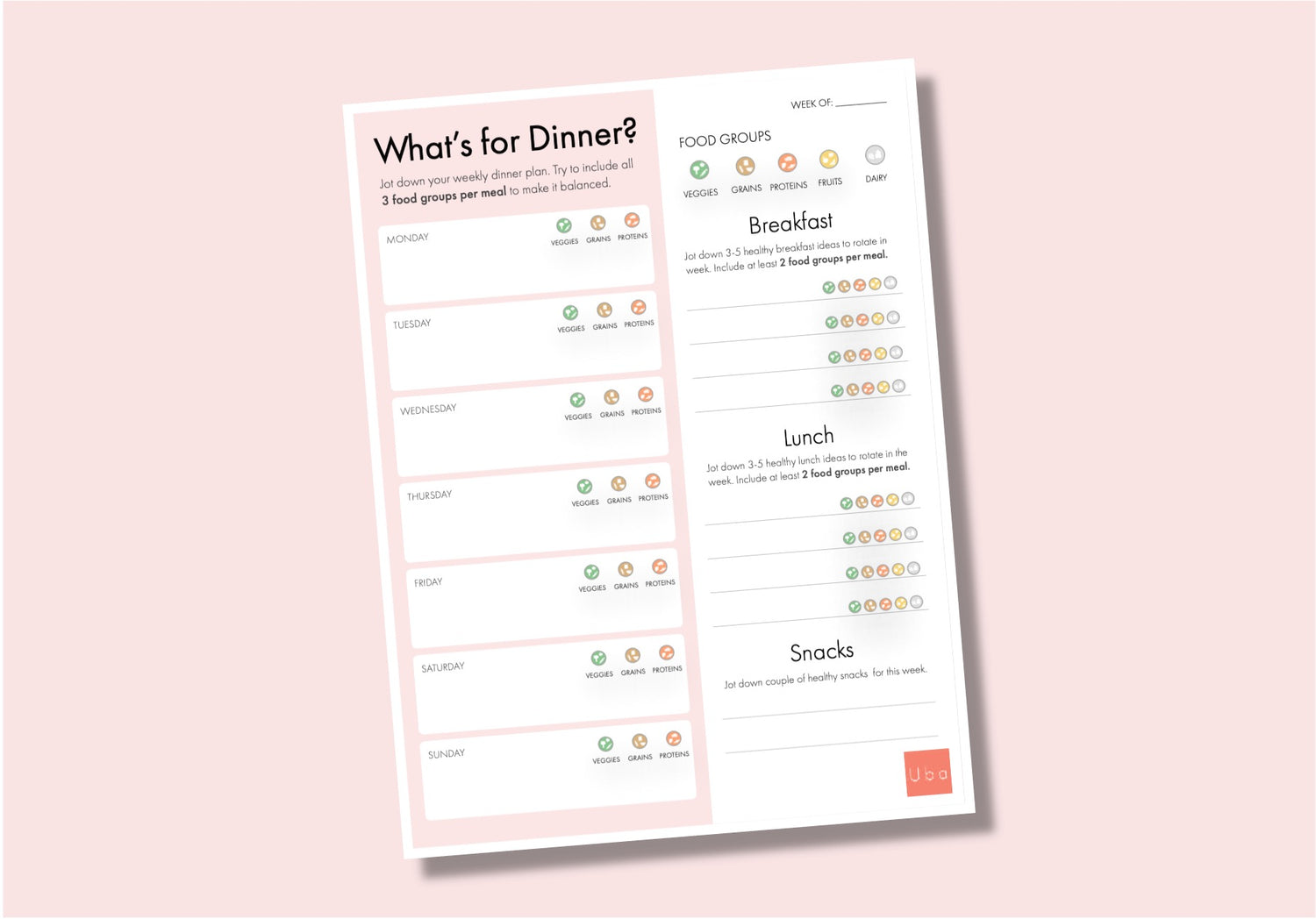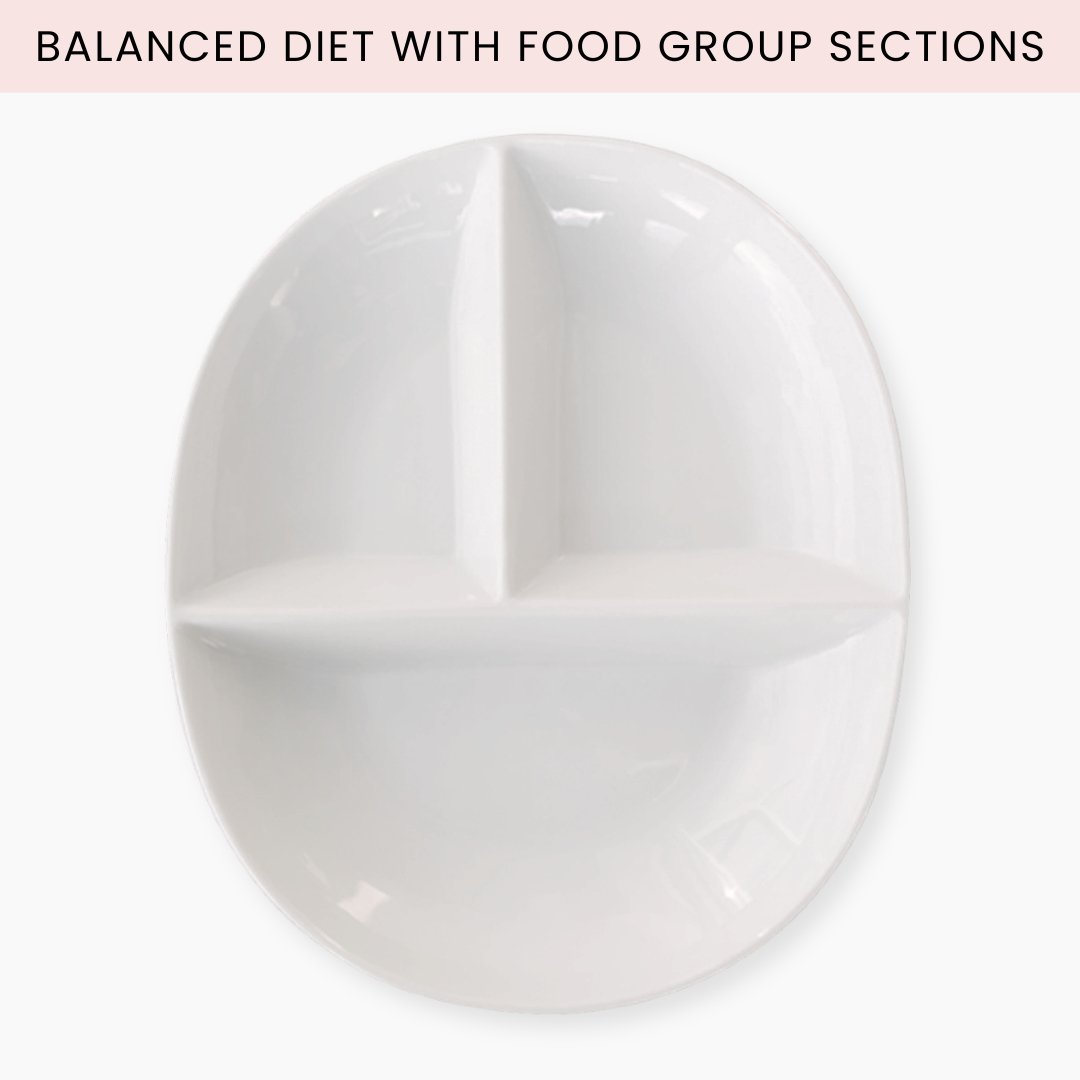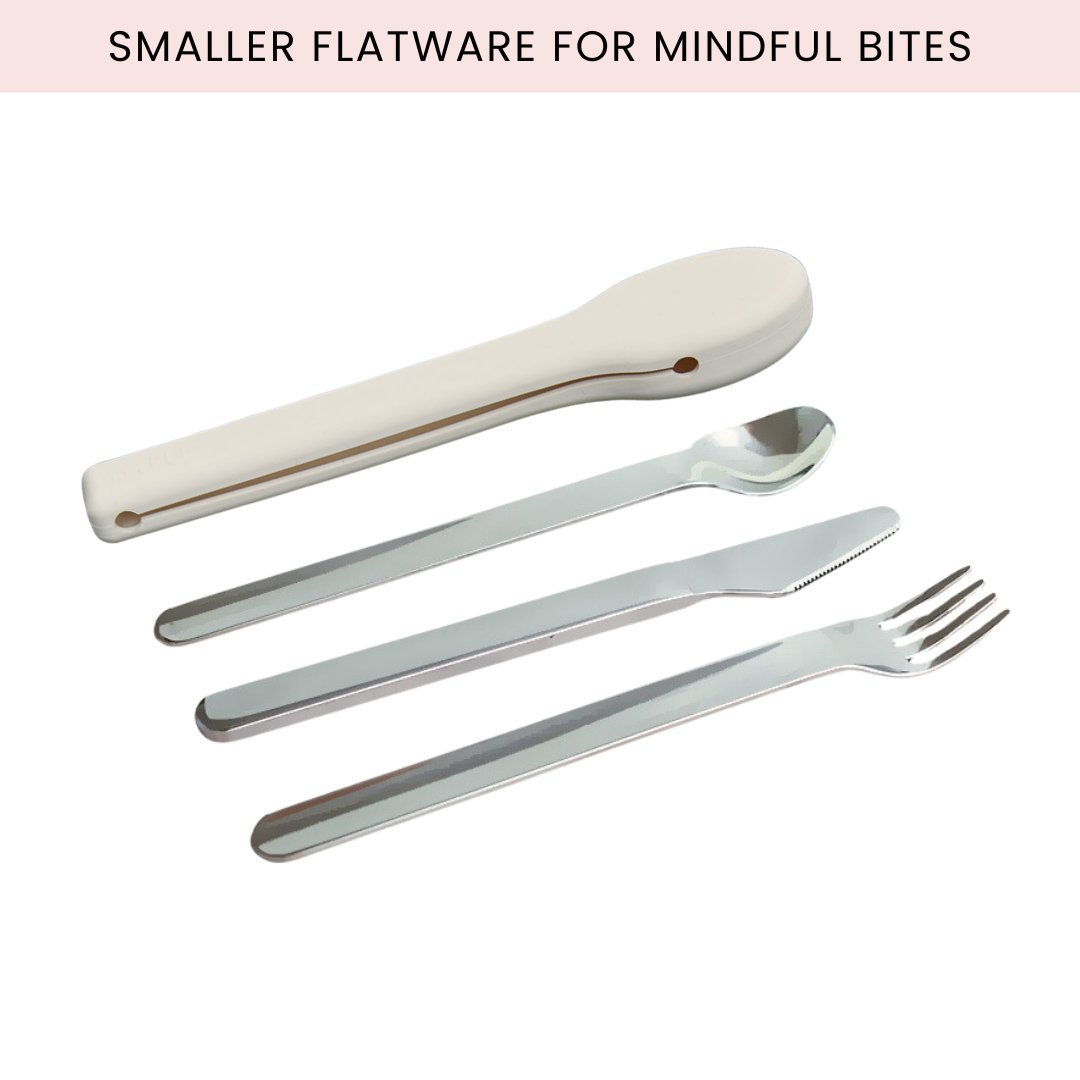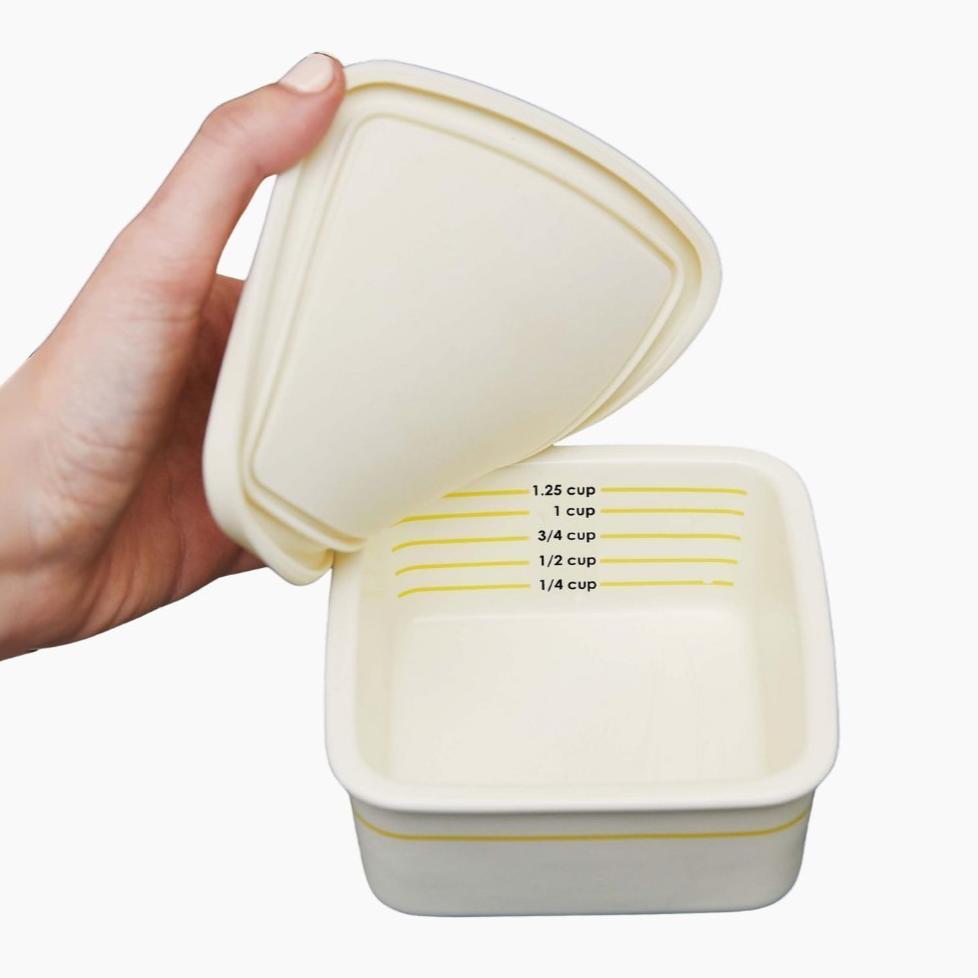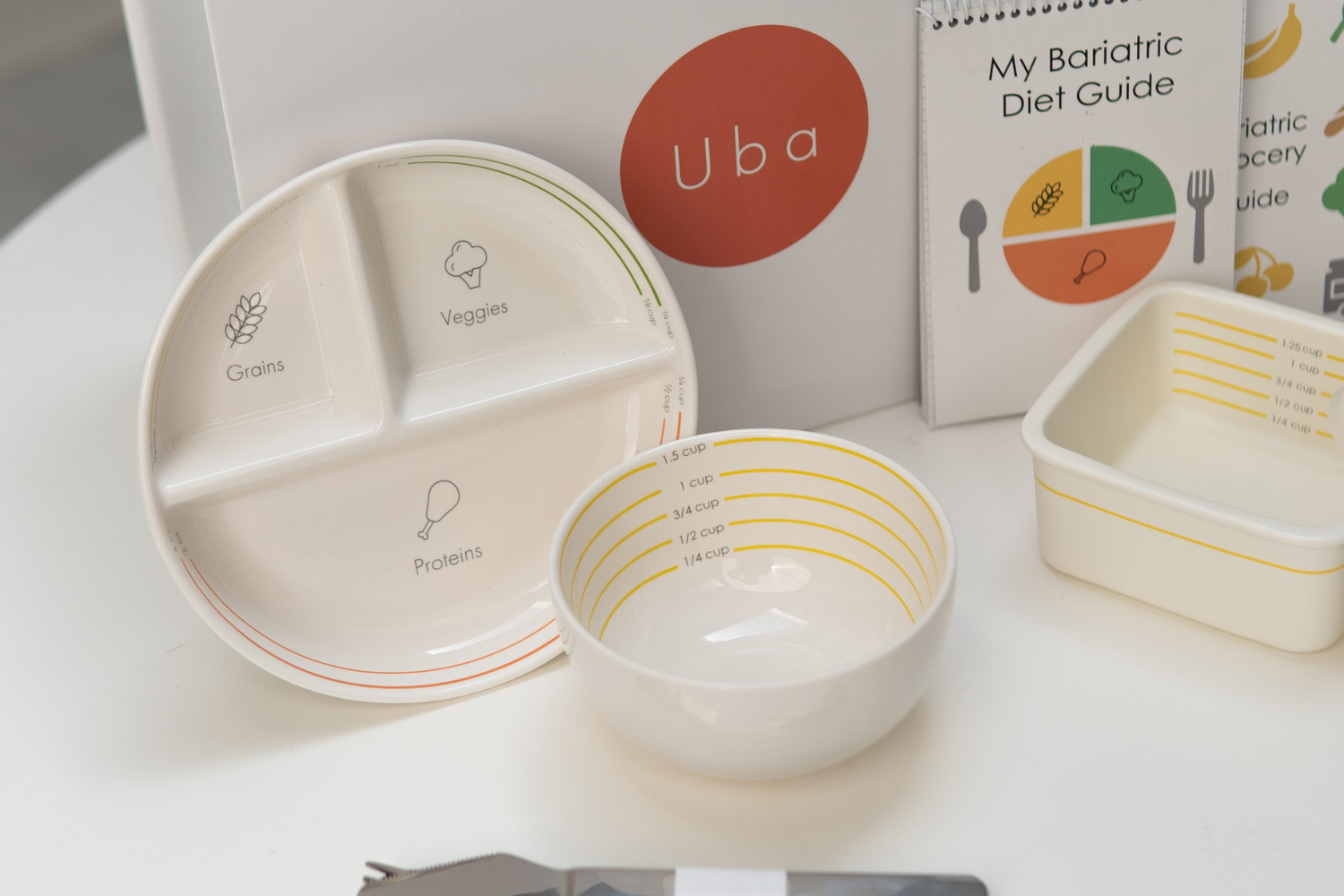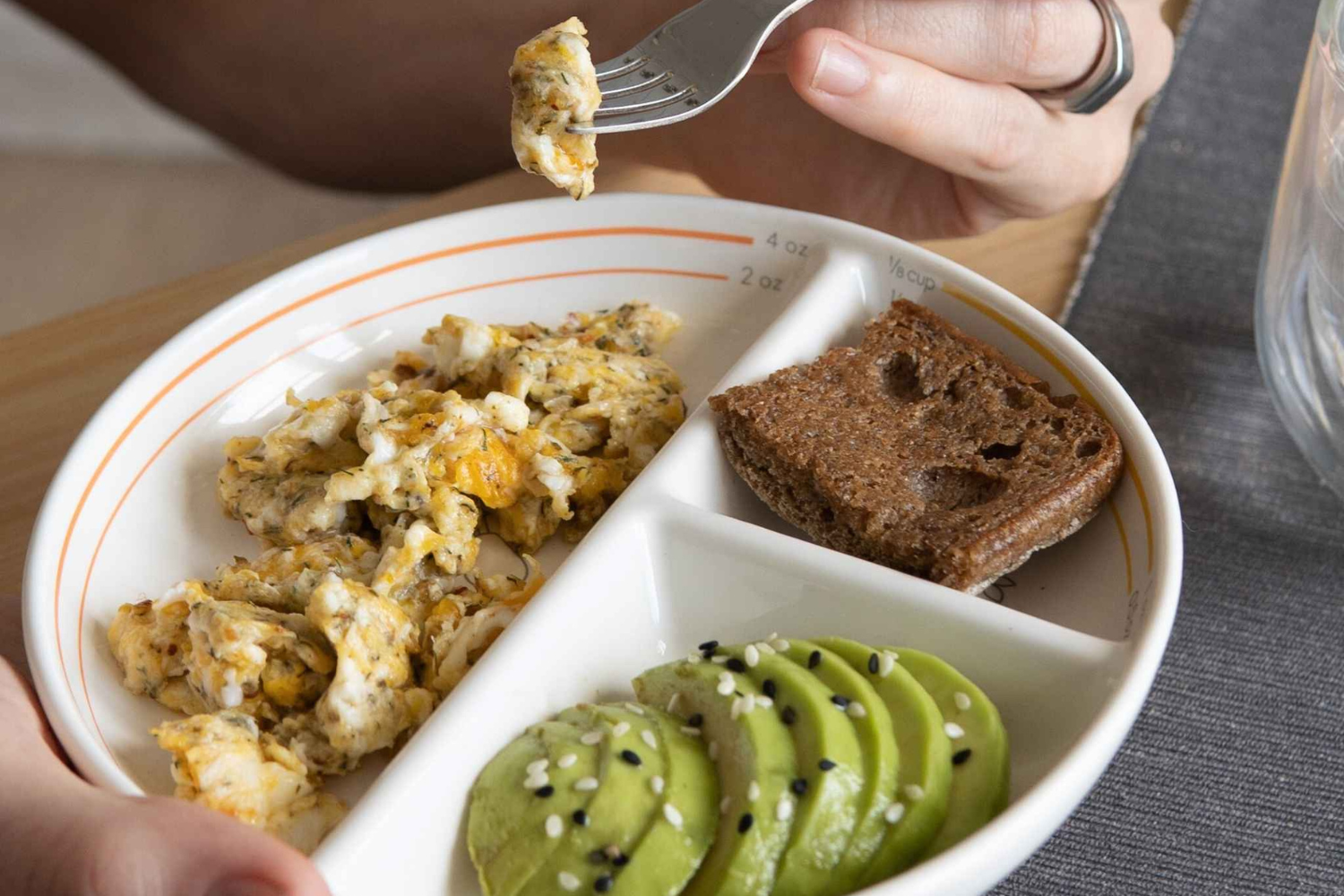Portion plates can help you to get the right balance of protein and other nutrients like carbohydrates and veggies. They also provide a visual guide on how much you should be eating, which can be beneficial if you are trying to reach specific nutritional goals.
By using these plates properly you will get all the necessary nutrition without counting individual calories or sinking into unhealthy portion sizes. It’s also an easy way to make sure that your plate looks as balanced as possible at mealtime, no matter what type of diet you choose!

1. Fill half of your plate with vegetables.
If you’re trying to lose weight or eat healthier, it’s important to fill at least half of your plate with vegetables. Or protein, if you are post bariatric surgery. Eating a variety of vegetables can provide your body with important vitamins and minerals as well as dietary fiber, which keeps your gastrointestinal system healthy. Choose a variety, such as dark leafy greens, cruciferous vegetables, and root vegetables for the highest nutritional value.
Keep things interesting by mixing up the types of vegetables you use or incorporating them into delicious recipes. Don’t forget to add in starchy vegetables like corn, potatoes, and squash as well for an additional nutrient boost!
A great way to make sure you eat a diversity of vegetables, is to set up your plate with a variety of color. Include dishes with different shades of red (like tomatoes and bell peppers), green (like cucumbers and zucchini), purple (like eggplant) and yellow/orange (like carrots and squash). This visually appealing presentation will make it easier for you to fill your plate with an array of nutrient-rich vegetables.
2. Count protein sources on portion plates
Protein is one of the essential macronutrients that you need to fuel your body. To ensure you’re getting the right amount, use portion control plates to count your protein sources. Generally, quarter of your plate should be made up of lean proteins such as lean beef, poultry, and fish.
If you are post bariatric surgery then you can use half of your plate for protein and quarter for vegtables. You can also opt for vegetarian sources like eggs, tofu, and legumes as another way to get essential vitamins and minerals without packing in extra saturated fat and calories.
To make sure you’re getting the right protein-to-vegetable ratio, portion control plates are a great tool. The plate is divided into three sections – one part for lean protein such as white meat poultry, fish, and lean beef; one for vegetables and salad; and the last for carbohydrates such as pasta or potatoes. This helps prevent overeating of one food group or undereating of another.
It’s also a good way to ensure that you’re getting the full spectrum of nutrients in your meals. When used properly, portion control plates can help make sure you’re getting balanced meals with enough protein to fuel your day.
3. Complete your meal plate with healthy carbohydrates
The other quarter of your plate should consist of healthy carbohydrates. Whole grain breads, pasta, rice, quinoa, and oatmeal are all great sources of complex carbohydrates that give your body long lasting energy throughout the day.
Incorporate a variety of colors throughout the week to get a balanced array of vitamins and minerals. Plate portion control can prevent overeating and help to promote a healthy lifestyle. Incorporating complex carbohydrates into your diet is an effective way to nourish your body and provide it with the necessary nutrients for health and wellness.
When pairing carbohydrates with proteins, try to make sure you are eating from a wide variety of colors as these will offer different nutrients. Additionally, opt for whole grain or sprouted breads, pastas and rice when possible for extra fiber benefits!
Overall, utilizing a portion control plate is an easy way to have a visual reminder every time you go to eat a best balanced meal. It also helps to make portions the appropriate size so you you can avoid overeating.


